-
Posts
3,488 -
Joined
-
Last visited
Content Type
Profiles
Blogs
Forums
American Weather
Media Demo
Store
Gallery
Posts posted by EasternLI
-
-
22 minutes ago, EastonSN+ said:
Thanks for this. Also Don provided stats on how a positive PNA was likely following a long RNA period.
It DOES look as though we are heading into phase six again, almost connecting to the last wave starting period below. If this holds we could see another phase 8.
So much for the warm pool keeping us in phases 4/5/6, clippers being extinct, NAO always linking to the SE Ridge, SE ridge being an entity in itself and taking over. I think you even showed the warm pool was shifting slowly east which would be favorable (i.e. the western warm pool being there "the rest of our lives").
I'm of the opinion that I do not believe we ever really truly achieved phase 8 on that first attempt. The signal was shoved there with a turbocharged (due to the events in the strat) CCKW. However that waned as the strat event ended. Plus the falling AAM at the same time attenuated the signal further. Sort of abandoning it. So we didn't exactly get a classic response. The MJO has been disorganized since then and not really much of a factor. CPC MJO desk has mentioned how it's been inactive as of late as well. As such I'm really not trusting any MJO output at this time until something more coherent shows up on multiple cycles. CCKW's and ERW's are the main event in the tropics for now, and that's giving models fits. CPC does mention that if another MJO were to initiate in January, it would likely begin in the west Pacific due to underlying conditions. So if one were to take shape, that's probably not a bad location as a guess. I just don't have any faith in that forecast as of yet. The warm pool situation is more for Feb. If you can have it bump east enough away from it's climo position that's how you can attain a cold Feb. Which has a fair enough chance of occurring as per posts in the main enso thread. La nina is bad in Feb because the climo position of that feature is ~120E. So convective forcing is concentrated mostly in that spot. So you wind up with the Aleutian ridge/ SE ridge regime that is widely known. If you start to shift it away from that and inch it more and more towards the dateline instead, you start working Pacific ridging into more and more of a favorable location. Instead of the climo la nina location. That's one way to get a cold Feb out of a la nina. Which seems like could be happening with a big WWB in progress out there now and perhaps again later in the month, but will it all be enough. It's already made the move away from 120E since October. It doesn't need to be centered on the dateline, just a little bit more east past 150E could work. It's really not all that far off...


-
 2
2
-
 3
3
-
-
Actually, the 00z EPS seemed to favor an idea of having a semblance of northern blocking hang around with a bit of western ridge and a trough in the east in the 11-15 range on the clusters. Despite the mean from that run. With majority of members supporting that scenario instead. Be interesting to see if future runs reflect that or not.

-
 4
4
-
-
Yeah, like I've been saying. This can start to become a very beneficial feature if you can bump it east from climo enough. I'm still having a really hard time finding any problems with any of this situation out there. It's not a bad look and with the big WWB in progress and some potential for more in the future...


 +
+
-
 5
5
-
 1
1
-
-
Look at that change on the GEFS just since the 00z run this morning. LOL
Current 18z:

00z run from last night:

-
 5
5
-
 2
2
-
-
The replacement for the GGEM looking pretty wild by the 12th. Straightens that Pacific right out with the block not yet completely out of the picture either. This model is a physics and AI hybrid which I think might be a pretty good concept. Then you have the EPS AI Ensemble which is not really disagreeing with that same idea either. That's a little interesting, although now that I'm pointing it out I'm sure both drastically change next run



-
 2
2
-
-
Happy new year everyone. Quick reminder, this can start to become a very beneficial feature if you can push it just a little bit further east past 150E... As is, this isn't even terrible... And with a big time WWB set for the dateline coming up/in progress.


-
 3
3
-
 1
1
-
-
Hi res still swinging that squall line through the city starting around 6am.

-
-
Seems to be a big question mark in the 8-10 day range in the EPS guidance today. Regarding the NAO block and what ultimately happens with that now. Not surprising, but it is important. Some guidance such as the 12z OP Euro from today. Want to send a rather inconspicuous little cannonball of energy from the ULL through that block which breaks it down. Sometime around day 6-7. Which would be probably the most unceremonious way possible to get it to end. We'd likely see the ridge roll into the east and then wait for the changes in the Pacific during a much milder period. But then you have the 12z EPS for the 8-10 day period. Which seems quite against that idea and apparently favors keeping the blocking instead. Which would keep the coastal track storm chances in play. As per the leading EPS cluster scenario. Or even the 2nd one. The OP Euro idea is included in the minority cluster number 3. The least favored outcome. Maybe tomorrow offers a clearer picture but it's interesting to see the OP run with a minority of support in the ensemble today though.


-
 1
1
-
-
-
-
People often wonder if the means on ensemble runs are representative of what is actually happening within the individual members. Or just some blurred out average of a bunch of members. Which is where I think the EPS clusters are very useful. The EPS clusters from todays 12z EPS suggest that was a weenie run. True -NAO blocking full support now on the day 5-7 range.

Leading cluster (containing the most members) in the day 8-10 range which also includes the OP 12z euro for further support. -NAO period, with a couple of chances at favorable coastal storm tracks in that one even.

Day 10-15 leading candidate for direction of travel has the -NAO decay into a burgeoning +PNA which goes absolutely ape by day 15... I get a healthy imagination seeing a +PNA reaching for Siberia...

-
 8
8
-
-
4 minutes ago, North and West said:
For the simpletons among us, what does this mean in two sentences?
.
-
 5
5
-
 1
1
-
 4
4
-
-
This winter is nothing like the other 2020's winters that everyone has PTSD from. Just look at how December has behaved. But don't only look at that. Look at how we're rolling forward into January now on the heels of that. Look at the big picture. It's true there is a stemwinder set to visit the great lakes region in the near term. There are blizzard warnings in the upper midwest stretching into the lakes. At the same time, there's blocking out in the Atlantic. It's been a long time since we've been faced with anything like what's going on. Reach back into your memory banks and recall that a stemwinder into the lakes, while there is blocking in the Atlantic, is the classic way to achieve a good old fashioned west based NAO block. Which is starting to become more clearly visible on the EPS now. While that's happening, the Pacific block which had been very persistent, is broken down due to a fortuitous Pacific jet extension. Which results in Aleutian troughing that forces a period of +PNA. Then even at the very end of this loop, look at what is happening. The Pacific pattern starts to retrograde. That is going to act to pull the +PNA ridging west and up into Alaska and beyond all of this we'll probably transition to a -EPO from there. Which you can start to make out on this loop with the height rises happening over Alaska, but also the falling heights in Canada and Hudson Bay. That would coincidently also be consistent with how weekly guidance is currently rolling all of this forward as well. Which, by the way, with this configuration if we did indeed follow that roadmap. We'd likely reload Canada with the arctic again. Plus we'd end up faced with a 500mb pattern which is the precursor to a PV split. Eyes wide open.

-
 11
11
-
 1
1
-
-
January looks quite promising actually. Look at the direction of travel on the EPS. We're starting out the month with what looks increasingly likely to be strong blocking. So it's a time to keep eyes open simply due to that.

Then, beyond that, the big Pacific block was taken out. There's a trough now in the Aleutian Islands forcing a +PNA. With what very well could be a decaying west based NAO block by then... There's some really good potential in all of that as we head into peak climo.

-
 7
7
-
-
10-15 day range on 00z EPS clusters had big support for strong blocking on the leading scenario. 30 of the members included in that one.

-
 3
3
-
-
Finished up with 5.5" OTG. So December will finish the month with 10"+ of snow over here. That hasn't happened in many years...
-
Just over 4" OTG. Still snowing pretty good here.
-
 1
1
-
-
Still snowing pretty hard over here. Closing in on 4 OTG.
-
 1
1
-
-
~3" OTG still coming down pretty good here.
-
11 minutes ago, psv88 said:
These snow bands just keep building in Suffolk. Snow hasn’t really slackened off much.
Yeah, radar is sweet.
-
 1
1
-
-
Yeah, that put down a quick 1.5" and it's still coming down good too.
-
-
Oh yeah this is a nice band. Started right up when it moved in. And it's dumping here now. Everything covered.
-
 1
1
-


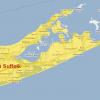
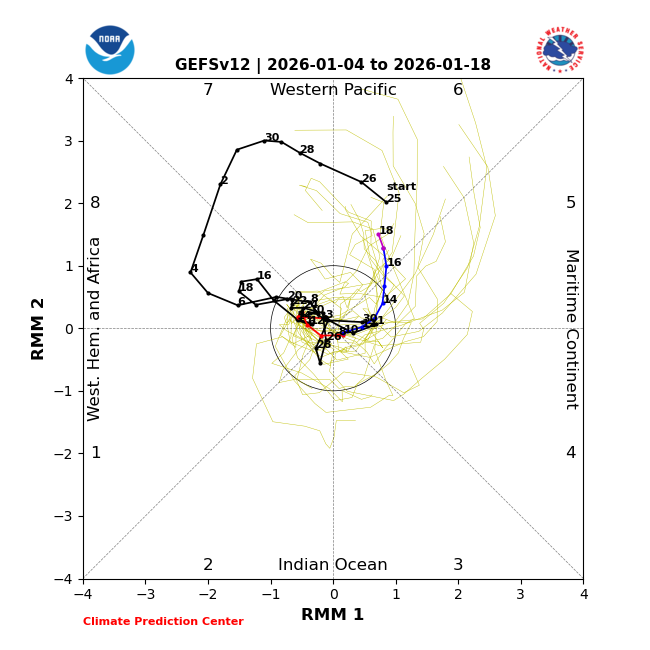
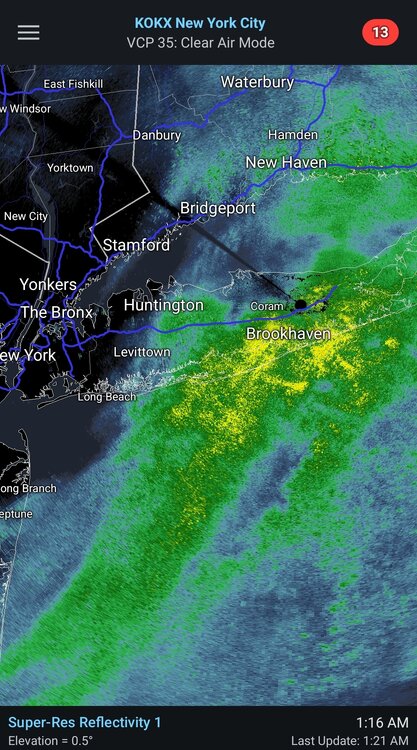

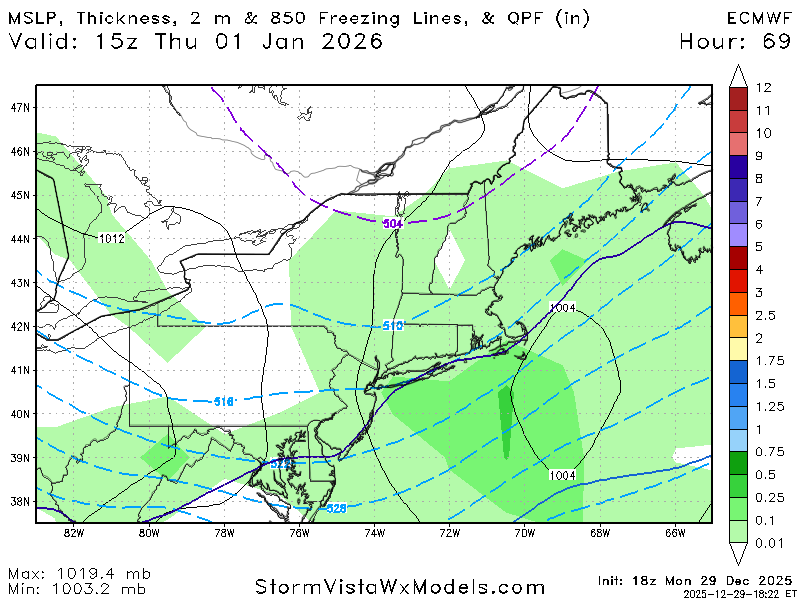
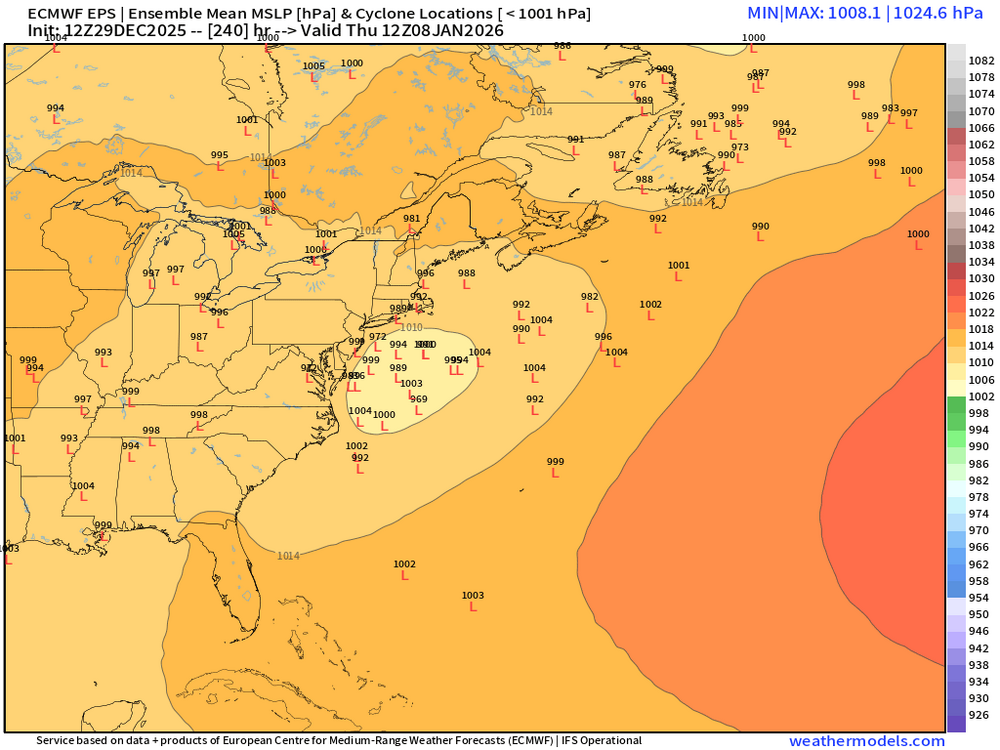
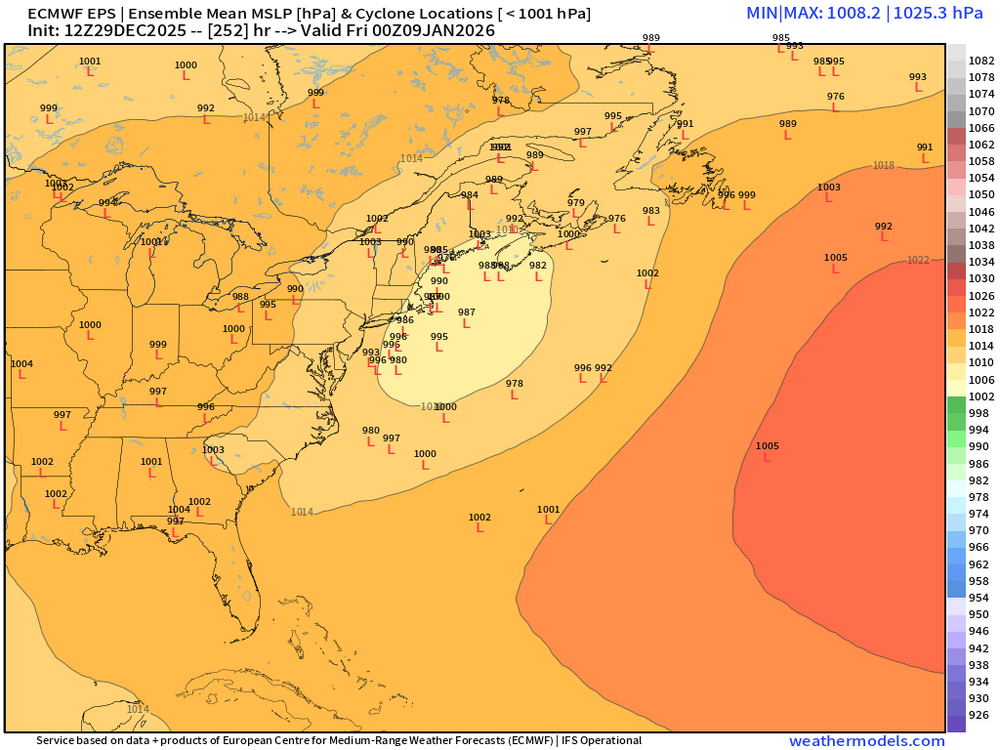
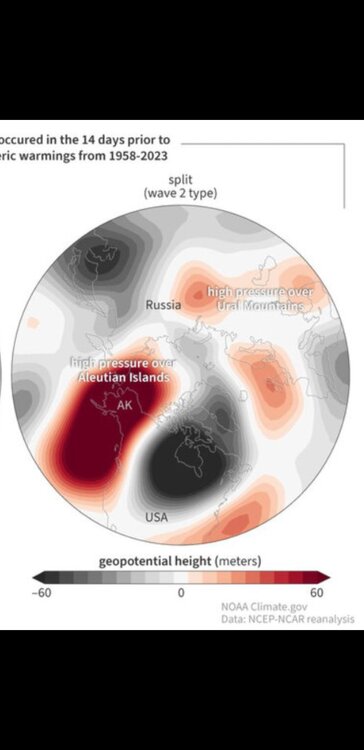
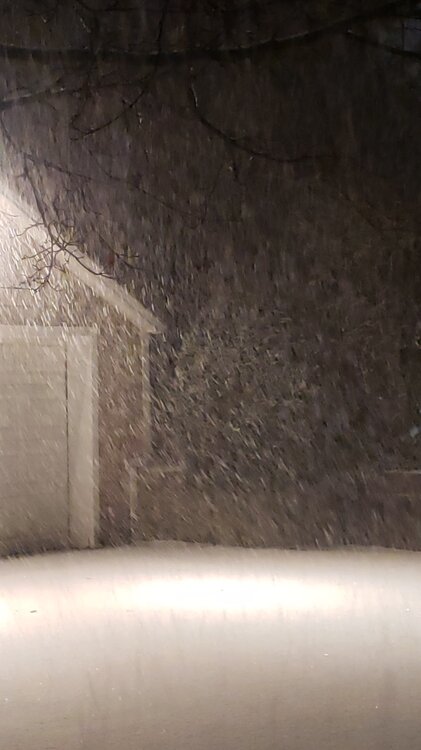
January 2026 OBS and Discussion
in New York City Metro
Posted
If you want a period to watch for a storm. The Period ~15th is def. worth keeping an eye on... Possibly a big +PNA phase shift, well advertised actually, with potential for some southern energy running out during that time. Could end up as nothing. Anything could. But when I see that kind of framework, I think you watch that every time.